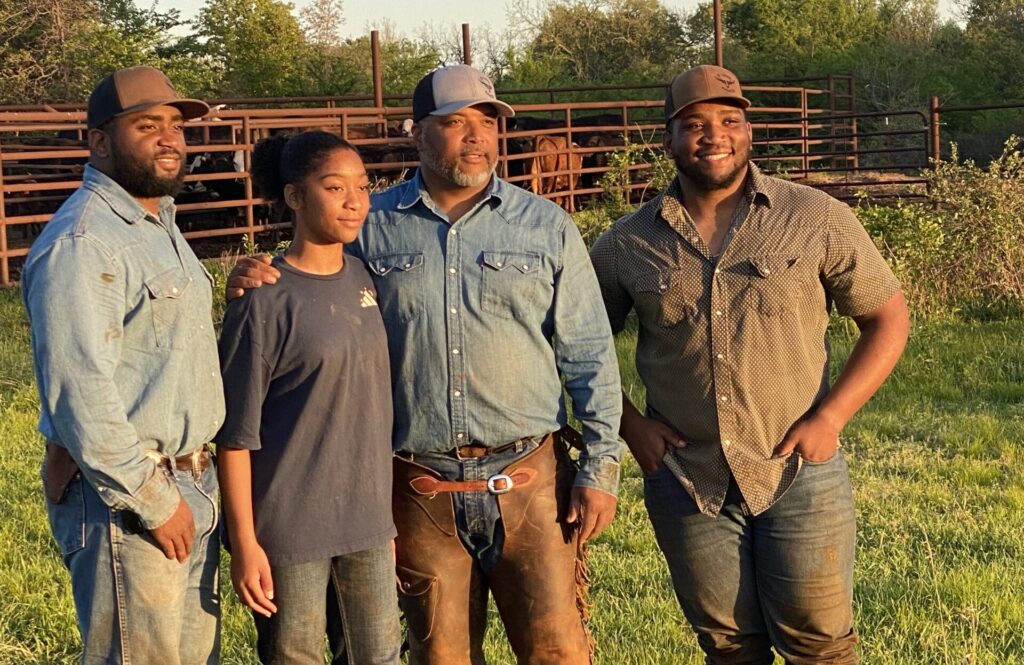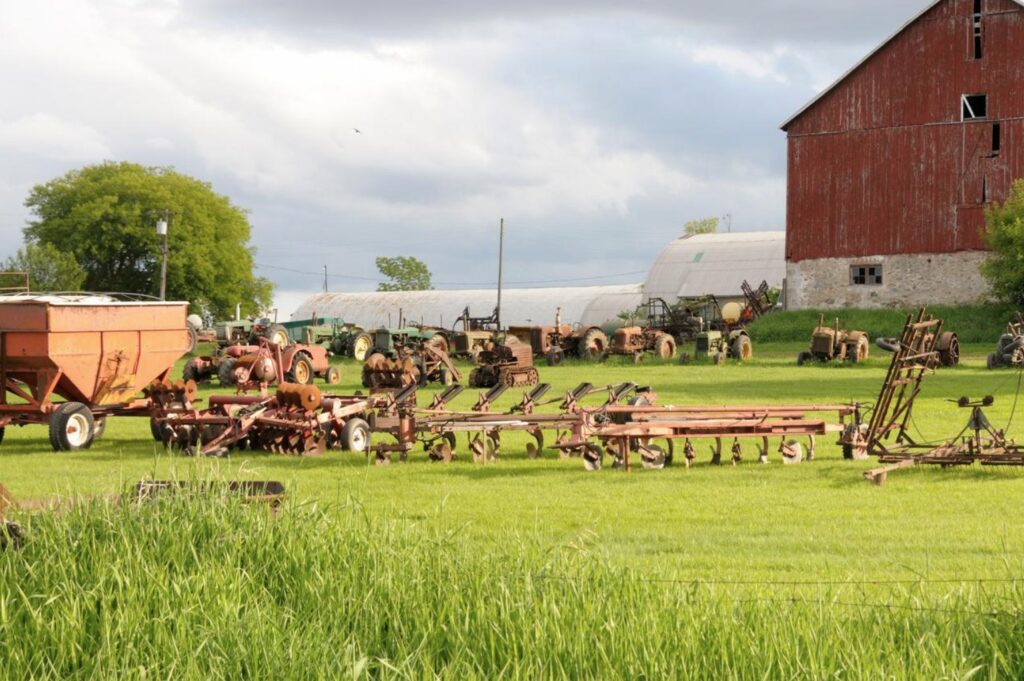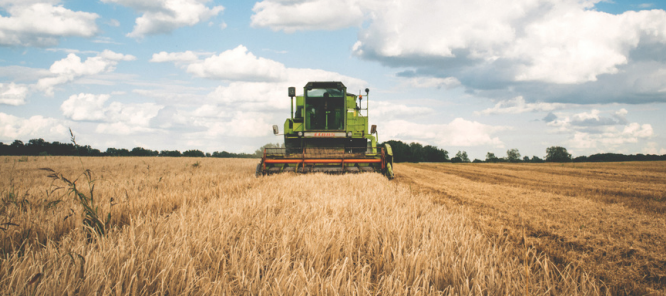Most farms in the United States are family-owned and the likelihood of those farms being passed down to the next generation is very high. While a business plan may be in place, succession plans are often overlooked due to the inability to commit to another time-consuming task, which involves discussions with family members and planning meetings with lawyers, bankers, accountants, etc.
One of the most important components of the succession planning process centers around passing down an entire farm estate – land, equipment, capital, and other assets – to the next generation. Succession planning will include financial and operational strategies to ensure the success of the farm and its longevity.
Succession planning isn’t a one-size-fits-all approach and differs from farm to farm. Therefore, it is imperative to create a succession plan that is tailored to a unique farm operation. While this list is not exhaustive, it provides an overview of the many considerations a farmer should think through when preparing a succession plan.
Be proactive and identify your successors
Prior to beginning the succession planning process, it’s important to identify who will inherit the farm operation. Including the right individuals in this process is imperative. Doing so will ensure decisions are made in the farm’s best interest. Succession planning may be difficult to discuss with family members; however, it’s important to include everyone in the dialogue, including present and future generations. Being intentional in the beginning of the process contributes to the success of your plan.
Create a succession timeline
Succession planning can be overwhelming for many farmers. The consequence of waiting to develop a detailed succession plan often results in a poorly constructed product. Developing a timeline to help execute your succession plan will eliminate the problems procrastination can cause and provide the opportunity to give your heir(s) time to get accustomed to their new role(s).
Discuss the difficult questions
When creating a succession plan, it’s important to discuss not only the future of the farm but other unexpected circumstances that may occur during the planning process. Several difficult questions may arise that must be answered. While those questions may not have a simple or easy answer, it’s beneficial to discuss them while you’re capable of making sound decisions during the planning process. This will alleviate any ambiguity should something happen to you prematurely.
Use professionals to help with the process
Creating your transition team prior to developing your succession plan will alleviate the burden of preparing and executing your plan alone. Your team will help you make impartial decisions and should include professionals with no personal or financial interest in your estate. Those professionals should include but aren’t limited to an insurance agent, an arbitrator, an estate planner, a tax attorney, a banker, and an accountant. It’s also beneficial to find professionals who have succession or estate planning experience.
Assess finances and risks
When creating your succession plan, you must take into consideration your farm’s finances. Examining your farm’s cash flow in the beginning of the transition period can indicate whether your farm’s financial trajectory is headed in the right direction and if your successor can operate a successful operation. Additionally, having crop or livestock insurance in place can provide a cushion to your operation if revenues fall short due to an unforeseen event. You can also obtain an estimate on different plans offered by USDA. It’s important to discuss insurance plans with your agent so that you can establish an affordable plan that’s best suited for your operation.
Create your succession plan and stick with it
The average time it takes to develop a succession plan ranges between 12 to 24 months and this does not include pre-planning or negotiation agreements. It’s important to follow your plan as closely as possible, but it’s acceptable to also include a contingency plan in case unexpected events arise that cause deviation from the original plan.
Put your plan into writing
While this step may seem the most obvious, it’s never a bad idea to mention it. Although your succession plan may be well thought out, it is good practice to document your plan properly. Having an estate planner and an attorney on your transition team will help make this process an easy one. Together, you will be able to document what roles everyone will play during the transition process and your expectations of those roles. Once it’s drafted and filed with the appropriate authorities, your succession plan becomes legally binding.
Evaluate your succession plan annually
Your succession plan should be a living document which means changes should be made when necessary to meet the objectives of your farm operation. Evaluating your succession plan also creates the opportunity for growth and the inclusion of new business opportunities as they emerge.





